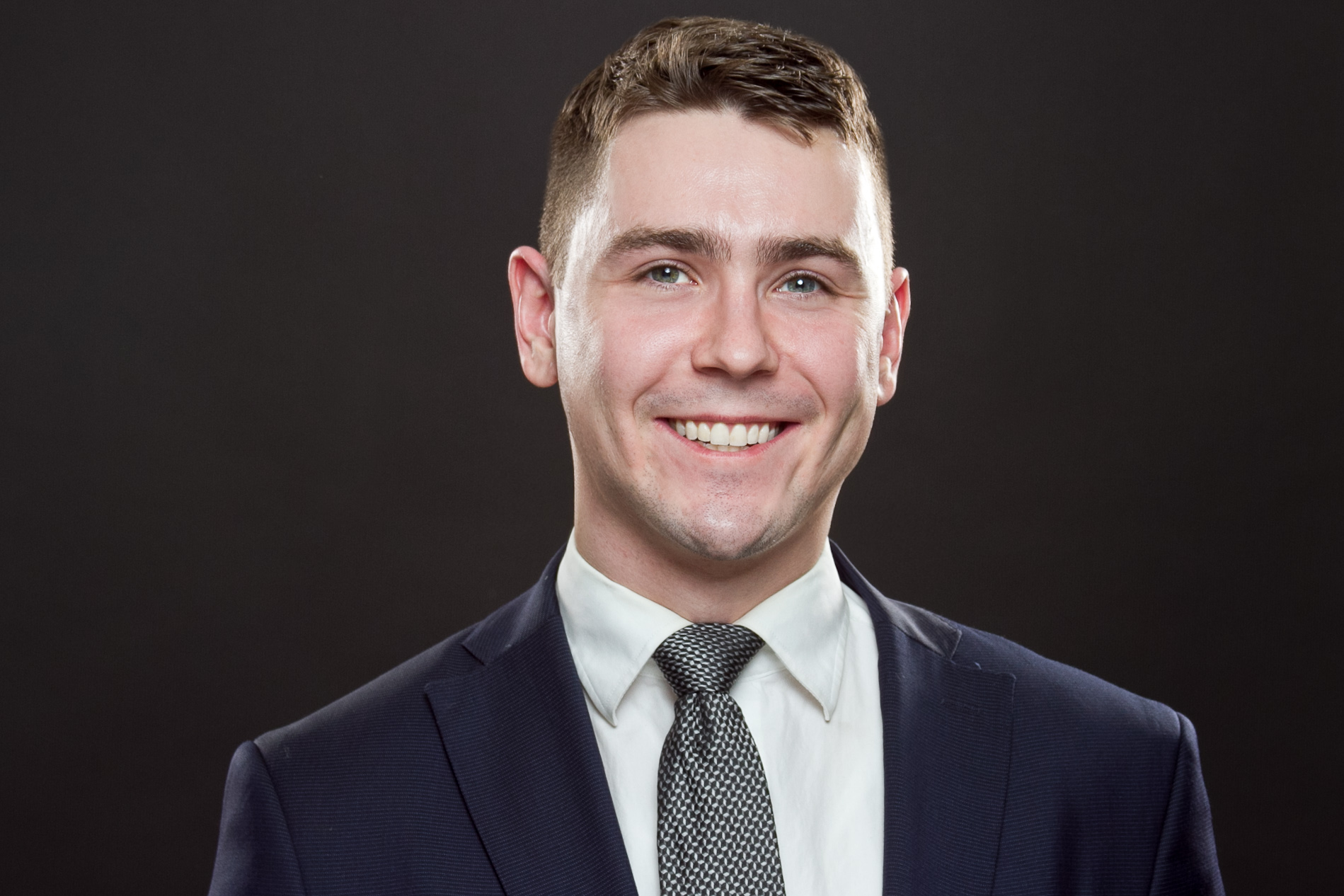Ambere St. Denis
Jonathan: I recently spoke to Ambere St. Denis, the founder of Crimson Insurance, about insurance in the cannabis industry. Below is an edited version of our converstion.
Jonathan: What is the state of the Cannabis market with regard to insurance?
Ambere: The Cannabis industry has been in flux over the past several years, but never quite as fluid as it has been this past year. Since Lloyds of London pulled out of the American Cannabis Insurance Market in 2015, options have been slim. And although Lloyds is still offering coverage in other countries where this industry is nationally legalized, until it becomes federally legal here in the states, Lloyds will not offer coverage. However, several other carriers have finally started to offer terms for the cannabis industry. Unfortunately, most of their terms have been restrictive and fairly limited, but it's a start.
Jonathan: What do you mean by restrictive and fairly limited?
Ambere: Several carriers are only offering fire coverage, which means if you have a fire- you are covered. Any other peril is not covered. For the cannabis industry this is particularly bad. Most claims in the cannabis industry are in the crime (employee theft) or robbery categories. Manufacturers have the additionally defect issues that require coverage like E-Pens exploding.
Jonathan: OK. But why are the insurance carriers so restrictive? The point of insurance is that you can quantify risk and thereby come up with an appropriate price to charge to mitigate the risk.
Ambere: Insurance can be a very, slow moving machine. Many carriers are hesitant to offer coverage in "untested" industries. Meaning that there is not much actuarial information yet available for them to base their rates on. Many industries only have non admitted carriers available, specifically due to the exposures contemplated. Admitted carriers tend to market to the conservative exposures like offices and storefronts. Non admitted handle the higher hazards like trucking and construction. So until there is more data, the cannabis industry falls into the higher hazard arena.
Jonathan: Ambere, what do you mean by “non-admitted carriers” and “admitted carriers”?
Ambere: An "admitted" carrier means the Department of Insurance guarantees claims payments up to 80% if the carrier becomes insolvent. A nice add to an industry that has only had "surplus" lines offering previously. And while many surplus carriers are AM Best rated A or higher (billions in bank), it's still preferable, when available, to have your state guarantee.
Jonathan: AM Best?
Ambere: Sorry, AM Best is a third party that rates the financial strength and solvency of insurance carriers, and so getting an “A” rating from them could give one some comfort.
Jonathan: Have the fires in California affected the insurance market?
Ambere: The California fires have definitely impacted the market, causing a moratorium on any cultivation or production operations in many zip codes. It has taken almost three months to fully contain these fires, which are reported to be the largest in California history, and they have caused the insurance industry to review and revise how they offer terms for agriculture, including crop coverage for cannabis farmers.
Here in California, our Insurance Commissioner has been pushing, and quite successfully, for an admitted market to make products available to this burgeoning industry.
Perhaps it's motivated by the influx of tax dollars Colorado has seen over the past several years since marijuana became fully legal there. Whatever the reason, California blazed the trail on offering an admitted option, albeit limited, to this industry.
Jonathan: Are other states, with regard to insurance, set-up in the same manner as California? Do they have admitted carriers to cover cannabis?
Ambere: The Western states have been at the forefront with cannabis, likely due to how well it is cultivated here. Other states are following suit and many states across the country are starting to offer medical as well as adult use options for cannabis consumers. And while existing options expand their offerings, other carriers have come to compete. And why not? With billions of dollars being spent in this industry and its ancillary industries, there is room to grow for everyone.
Jonathan: From the perspective of someone who has a cannabis business, I can imagine that they would need to insure against, theft and fire. Are there other types of insurance that they should have?
Ambere: Many municipalities are requiring Cannabis Bonds and General Liability to open their operations. As previously noted, employee theft is a concern as is crop failure. And with the medicinal use permits, the potential for cyber claims if personal data gets compromised would also be a concern. Many operations are delivering directly as a service to their clients. This brings up the possibility of cargo theft as well. As the industry develops, new concerns are mounting and looking for a way to offset new liabilities will always be an issue.
Jonathan: Ambere thanks for your time. Ambere can best be reached at Crimson Insurance, www.crimsoninsurance.com, 888-405-7479, or ambere@crimsoninsurance.com.




